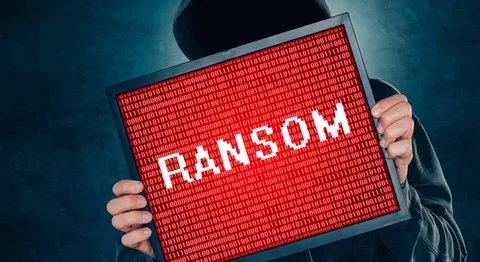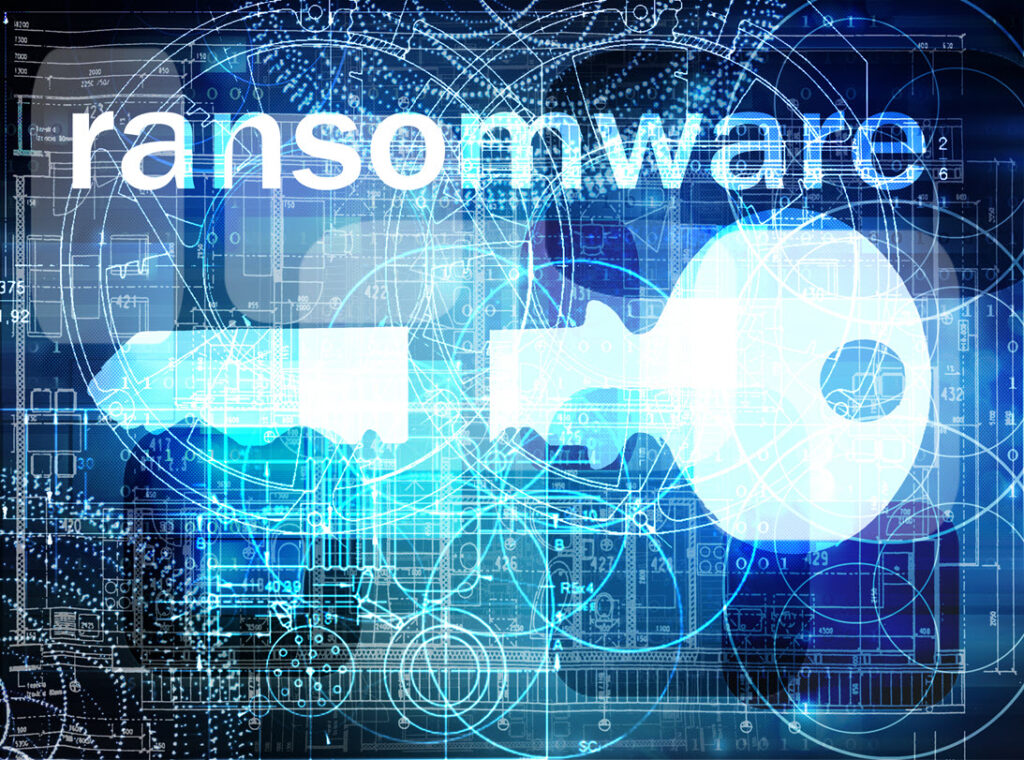Ransomware is a malware attack that blocks user access to their data and devices and threatens to leak sensitive information in exchange for money. McKinsey states that “With the use of low-cost ransomware-as-a-service (RaaS) campaigns, this cyberthreat has surged beyond the quiet confines of the C-suite to where boards of directors, regulators, law enforcement, industry associations, insurance providers, and the cybersecurity vendor community all need to be a part of the solution”. Simple ransomware limits your access to your device and not harm your data, the advanced type might pull cryptoviral extortion and damage your device. Ultimately the end goal is taking benefit of an organization; the impact of an attack varies from organization to organization. No organization is completely protected from such episodes as the attacks are ever-evolving. But specific measures can limit access and minimize the damage resulting from the attack.

Today, the most common attacks organizations face are human-operated ransomware attacks; cybercriminals attack your network and deploy malware that steals your encrypted data. Then they manipulate you into paying large sums of money. To provide additional leverage, attackers continue to threaten to leak sensitive data, so the user has no option other than paying the required amount. Despite affecting the company’s daily operation, they risk an organization’s reputation by posing threats with serious ramifications.
How does Human-Operated Ransomware work
Technological advaces have led to more intelligent attacks; service-based ransomware attacks are now easily defeated by installing a firewall or other threat protection software. Now the attacking methods are shifted towards human-operated ransomware. In these, the attacker attacks the whole network rather than a device. The attacker needs to have some internal information before launching an attack. These attacks are pre-planned and require months of planning. The attacker usually uses an inside man to get a hand on the news. The type of OS on the system, security measures a company operates, and hardware type they own. These are some of the primary information attackers use to launch an attack. Getting this basic knowledge, the cyber attacker navigates the original network and adapts to the situation and its weaknesses as they go.
Launching human-operated ransomware is a multi-step process; for the first phase attacker initially carries out a basic scan to fetch email ids, browser sessions, or passwords. Once they have preliminary information, they sweep into the network and bring more credentials, cookies, and session history. For the final attack, they use the already-fetched credentials to locate the admin account that lists the required data. Criminals store the data, encrypt it and deploy a payload to seize their accounts. A successful and deadly attack is launched, and decrypting or achieving access depends on the attackers.
Preventions
Preventing such attacks is difficult, but we have several things to try. Implement a zero-trust scheme; this provides security internally and externally; within the organization, it ensures the authentication, endpoints, application, data usage, and network are all going through a filtered source. They do so by very closely regulating all the access points. Microsoft uses this technology with its customers and promotes this for software developers globally.
Integrating a robust Automated solution
Secondly, integrating strong threat protection helps you track any malicious activity on the network. Some well-known methods include using a combination of XDR and SIEM to detect attacks prior to them causing destruction. They can prevent significant losses and catch them early in the episode.
Cloud-powered threat protection
Cloud-powered SIEM systems can help eradicate security infrastructure setup and maintenance costs while aiming to meet the organization’s security needs without being limited by storage or database query limits. In the same way, cloud security posture management and cloud workload protection solutions can be achieved across the domain of threat protection. They can increase productivity and effectiveness while securing your digital asset.
Cloud Backup
Finally, we cannot stress enough about preparing a backup and event response plan before time. Before the event that your organization is compromised. It is vital to back up all critical systems automatically every week and guarantee that all backups are protected against cautious encryption. Your backup service should have centralized management to monitor the data protection at scale. It would be great to look for an organization that can secure your backup, whether data is in transit or not.
Pen testing
A pen test is a great identifier to ensure quick detection and remediation of common attacks on the endpoint. Penetration testing is a famous method to check if the implemented security is up to the mark or needs some work. Email and passwords are the favorite things for an attacker because they can be the most common entry points. Monitoring for adversaries restricting security is essential to practice these penetration tests frequently.
Defending human-operated ransomware attacks is a top priority for administrations worldwide. By implementing the above mentioned strategies and tools, organizations can be at rest and equipped with the necessary security measures.

Conclusion
Human-operated ransomware attacks are in trend, and they mainly attack large organizations. Still, you cannot ignore the security measures needed because we cannot read an attacker’s mind. Being mindful of your company’s security needs, monitoring them regularly, and, most importantly, continuously assessing your security is a must for any company. Any software or product online is an asset to an attacker. The intention of an attack can be more than just money. So, reach us if you need any guidance for your security needs. We are here to look out for all your security needs. For more knowledge read our blogs on our website Auxin.io.






